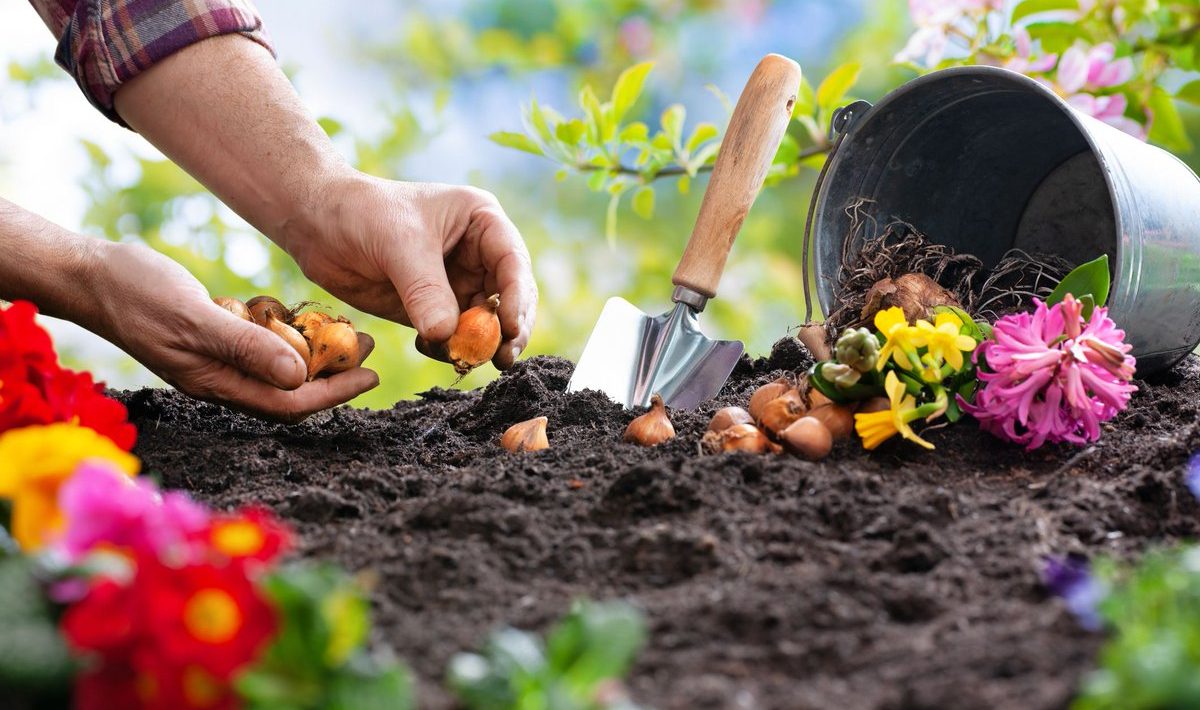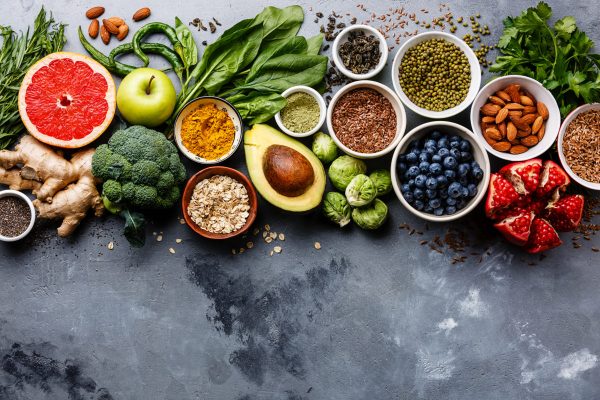Starting your own vegetable garden from home is an exciting endeavor. What’s more, choosing to do this from scratch using seeds rather than seedlings is a cost-effective method that allows you to learn as much as possible about gardening. In this blog post, we’ll break down everything you need to know about starting your vegetable garden using seeds.
Decide What Vegetables to Grow
If you’ve never done any gardening before, you may want to research some of the easier vegetables to grow in your outdoor garden. The Food Network notes that some of the easiest vegetables to start with are cherry tomatoes, various herbs, green onions, leafy greens and peas.
Buy Your Seeds
The next step is buying your vegetable seeds, which is arguably the easiest step to starting your vegetable garden. You can buy vegetable seeds online, at hardware stores, garden centers and many grocery stores. A small pack of seeds for one vegetable usually costs no more than two or three dollars.
Prepare the Garden Bed
To prepare your garden bed, you should first assess how much space you will need. Next, you have to make sure the garden area you choose will have direct contact with the sun for 5 hours a day. The soil you select for your vegetable garden is equally important and should contain compost, organic waste, and aged bark.
To make this easier for you, when shopping for soil lookout for bags labeled “garden soil,” “garden soil mix,” or “organic flower and vegetable soil.” Another term for the soil you will need is loam soil, which is suitable for most plants and something you should look out for. Next, you should set the soil aside and focus on if you would like to plant your vegetables in a raised planter box or closer to the ground.
Planter boxes are all the rage and becoming increasingly popular since they cut down drastically on digging time. You can buy planter boxes that you can lay on the ground, or you can opt for raised boxes. Planter boxes are also preferable since they cut down on time spent tilling the soil, also known as turning over the top layer of your soil to apply fertilizers and eliminate weeds.
Using a planter box means you can add fertilizer directly on top of the soil. Planter boxes, and especially raised garden beds, are also better for your back and can be started earlier in the season. Eartheasy also asserts that they are a suitable option for beginners.
Plant Your Vegetable Seeds
Now that you have the vegetable seeds you will plant, and your garden area prepared, you can start planting your seeds. First, you should lightly moisten the soil with a spray bottle without overdoing it. Next, you should assess each packet of seeds for information on planting depth.
As a general rule, small seeds barely need to be covered. On the other hand, you should plant larger seeds “two to three times as deep as the seed is wide,” according to American Meadows. You don’t have to worry too much about exact measurements, but you should certainly avoid planting them too deep.
Another thing to remember when planting your seeds is to always plant extra seeds. It’s highly unlikely all of your seeds sprout, so planting more seeds gives you a better chance of successfully growing your vegetables.
Care for Your Vegetable Plants
Now comes the exciting time when you wait for your vegetable seeds to turn into seedlings. According to Evergreen Landscapes, in terms of watering your seeds, once or twice per week is sufficient. They also mention that preferable watering times are in the morning and during the evening.
These cooler times allow the plants to retain moisture better than when temperatures are at their highest, usually during the middle of the day. You should also add fertilizer to your vegetable garden about three to four weeks after the planting process.
Harvest Your Vegetables
If you’ve chosen to plant leafy greens, you should wait until they’ve reached the appropriate size before harvesting. To harvest them, you should avoid cutting off the entire leaves. HGTV notes that you should leave about 2 inches behind so they can regrow.
If you’ve grown beans, you should harvest them as soon as possible before they’re matured too much. If you let beans mature without harvesting, it also means the seeds will mature, which could affect the potential of replenishing your bean source. You should also collect tomatoes and herbs as soon as they’re young and ripe, ensuring replenishment and providing the best flavor.


